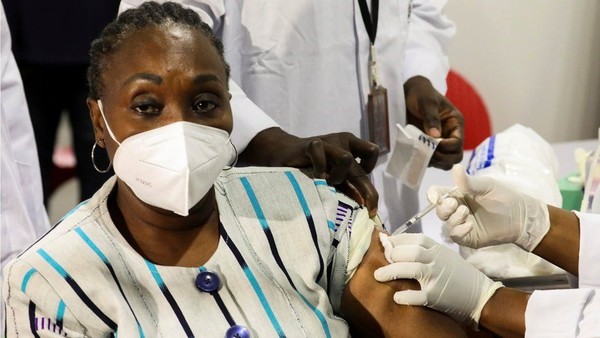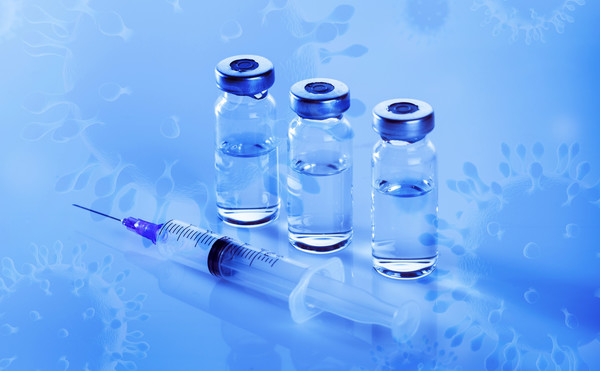
After COVID-19 broke out, the world has desperately worked towards a vaccine to end the pandemic. The Pfizer vaccine, which showed high efficacy of 95% in Phase III clinical trials after full investment from various companies and countries, was approved for emergency use by the U.S. Food and Drug Administration (FDA) on the 11th. However, the gap of procured vaccines between wealthy and unwealthy countries has been getting bigger, which caused the need for vaccines to be fairly distributed around the world, and the COVID-19 Vaccine Global Access Facility (COVAX Facility) was introduced. As a result, low-income countries, which are unable to buy vaccines, were also able procure some. Let's take a look at what COVAX Facility is and how it has affected the world's vaccine supply so far.
What Is COVAX Facility?
COVAX is a global collaboration to accelerate the development and manufacture of COVID-19 vaccines, which is co-led by the World Health Organization (WHO), Gavi, the Vaccine Alliance, and Coalition for Epidemic Preparedness Innovations (CEPI), and others. COVAX Facility is the global procurement mechanism of COVAX. This was made to minimize the situation in which vaccine distribution is biased only to high-income countries and to fairly allocate enough COVID-19 vaccines to all countries around the world. COVAX Facility is a project that contracts with pharmaceutical companies to pre-purchase vaccines with the money paid by participating countries, and guarantees the supply of vaccines once available. This includes two groups, self-financing countries consisting of higher-income countries, and beneficiary countries consisting of lower-income countries. The self-financing countries receive 10-15% of the vaccine in proportion to the cost of payment, while the beneficiary countries receive the vaccination for the priority groups of the vaccine without paying the cost. Specifically, in order to receive the vaccine, the self-financing countries must pay the COVAX Facility $3.5 in advance per dose of the vaccine. According to the Gavi, even though self-financing countries can request for enough doses to vaccinate between 10-50% of their population, it is not allowed to receive enough doses to vaccinate more than 20% of its population until all countries in the financing group have been offered this amount. On December 18th last year, the WHO said COVAX Facility had secured 2 billion doses of vaccine through contracts with companies such as Oxford-AstraZeneca, Novavax, and Janssen. According to Reuters, COVAX Facility signed a contract with Pfizer on January 22nd, securing an additional vaccine.
Global COVID-19 Vaccine Supply via COVAX Facility

The COVID-19 vaccine, which had previously been concentrated in advanced countries such as the U.S., the U.K., and Israel, began to be supplied to developing countries in March through COVAX Facility. COVAX selected 92 lower-income countries for the Gavi COVAX Advance Market Commitment (COVAX AMC), which supplies vaccines to developing countries with middle-lower income through donor contributions by developed countries. According to AFP on March 2nd, the first vaccines were administered in Ghana and Ivory Coast, Africa, with free vaccines from COVAX Facility. Ghana received 600,000 doses of AstraZeneca vaccine through COVAX Facility, while Ivory Coast received about 500,000 doses. Then, with about 200 million people, Nigeria, Africa's most populous country, received about 4 million doses of AstraZeneca vaccine. In Central and South America, Colombia was the first beneficiary of COVAX Facility's free vaccine. According to Reuters, on March 1st, Colombia received approximately 117,000 doses of the Pfizer-BioNtech vaccine from COVAX Facility.

However, COVAX Facility faced a problem of delay in the supply of vaccines. COVAX Facility said in a video press briefing on March 2nd that it plans to deliver 237 million doses of the AstraZeneca-Oxford vaccine to 142 countries by the end of May. This is a smaller supply plan than its initial announcement on February 3rd that it would deliver 336 million doses of AstraZeneca vaccine and 1 million doses of other vaccines to 145 countries by the first half of this year. According to the Associated Press, Gavi's CEO Seth Berkley said, “Although the supply of the vaccine has been delayed due to some problems with the vaccine transportation and approval, it will eventually be able to provide the first planned volume.” In addition, according to a report released on Gavi's website on March 2nd, it plans to receive 7.32 million doses of AstraZeneca vaccine for Pakistan, 6.828 million for Nigeria , and 5,852,400 doses for Indonesia by May.
COVAX Facility was launched with the aim of supplying the COVID-19 vaccine to the world in order to overcome the COVID-19 Pandemic against vaccine nationalism. It has achieved results in supplying vaccines to developing countries that are not easy to receive them directly. However, the supply of vaccines has been delayed compared to the original plan due to the recent problem in the transportation and approval of vaccines. CAH hopes that the vaccine supply will go smoothly around the world as planned by the COVAX Facility, so that the end of the pandemic will come as soon as possible.


